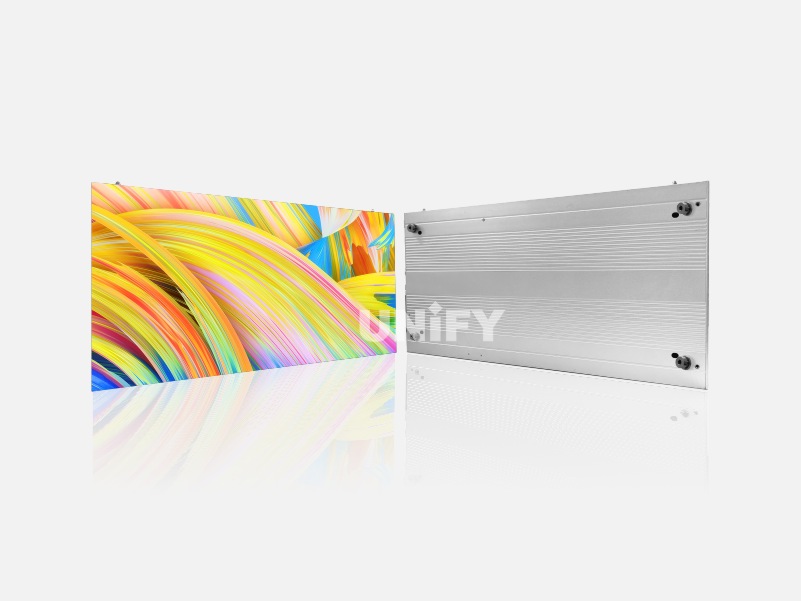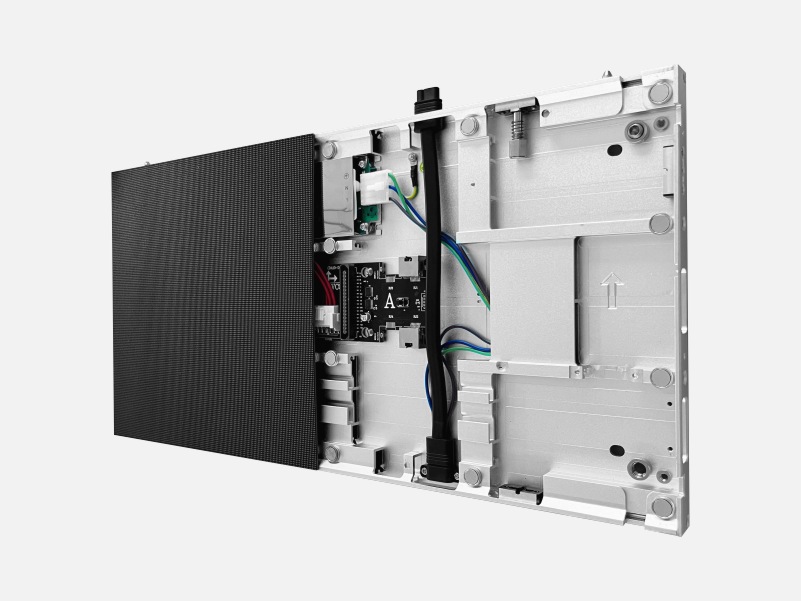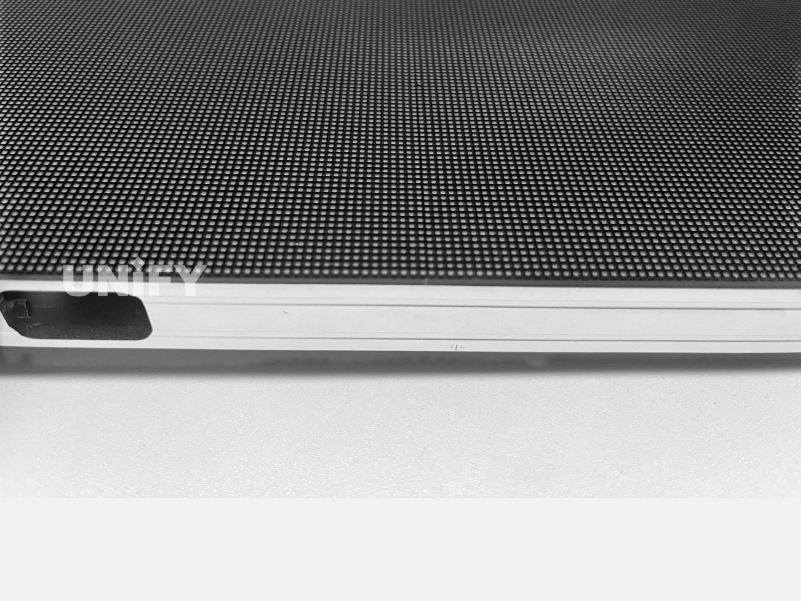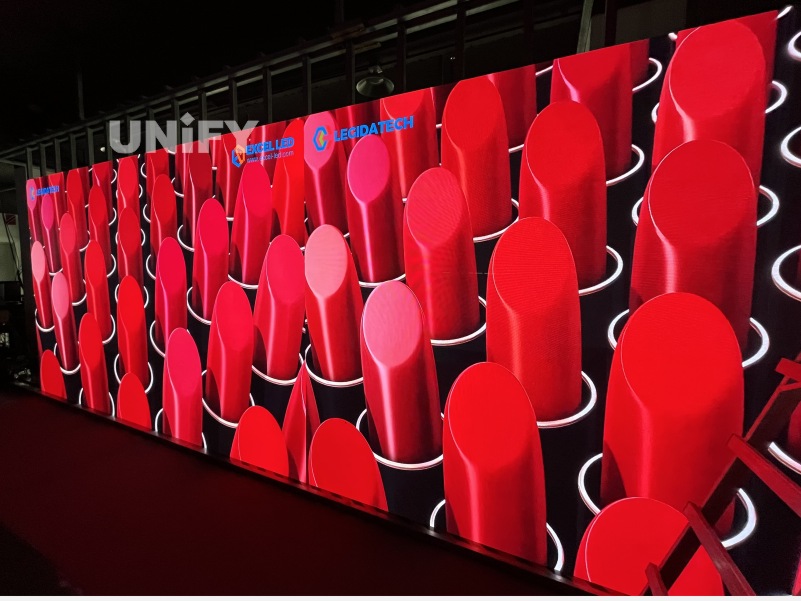Control Room LED Display
In modern monitoring and command systems, the LED display is not just a "display device", it is more like the "visual brain" of the control center.
Whether it is urban security, traffic dispatch, energy control or emergency command, the high-definition seamless LED large screen can present video signals, warning information, chart data and map images from multiple systems in real time, helping the on-duty personnel to make quick judgments, coordinated responses and scientific decisions.
With the help of the control room LED large screen, monitoring personnel can grasp the overall operating status and detailed dynamics in an integrated view, thereby improving work efficiency, ensuring system safety and optimizing command processes.
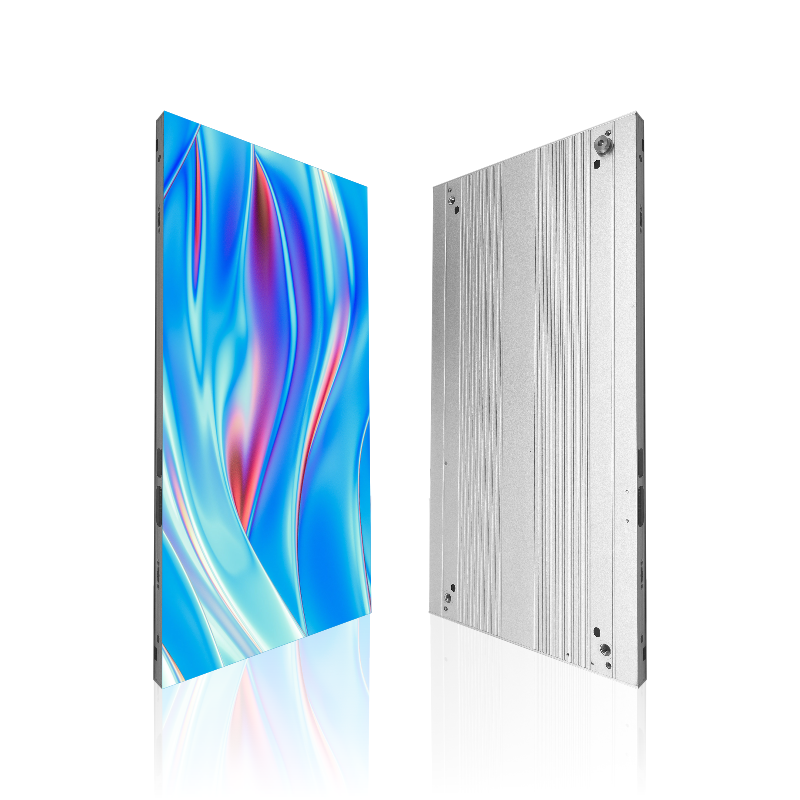
Indoor LED Wall – Ulight Series
Indoor LED Wall -Ulight Series -P0.9/1.25/P1.5/P1.8/P2/P2.5mm -Panel size 250*500mm, Module size 250*250mm -Ultra-lightweight and Space-saving -Wireless hard connection design -Support
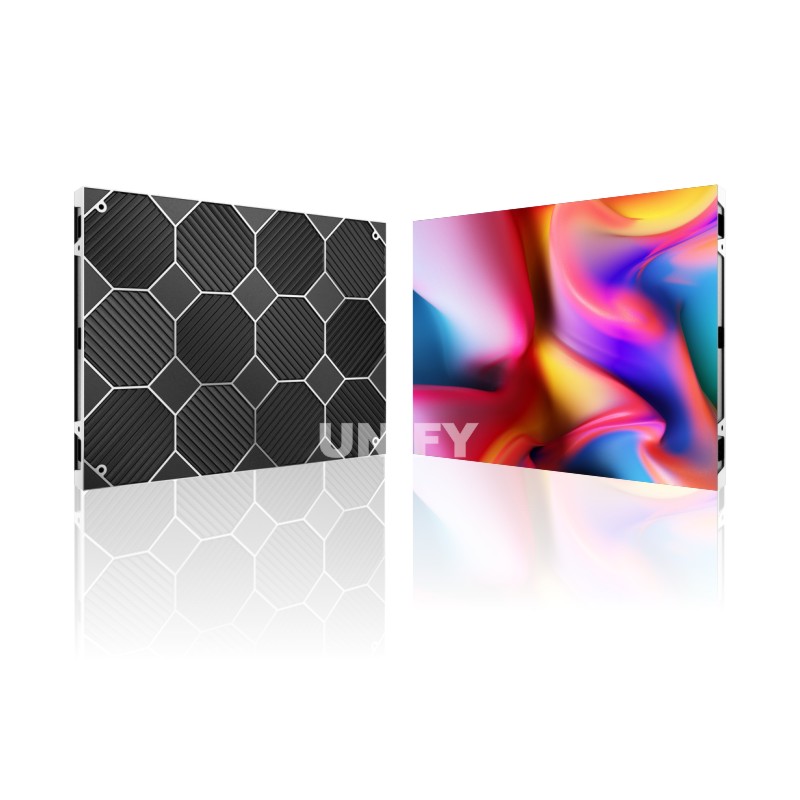
Front Service LED Screen EDI Series
Front Service LED Screen-EDI Series -P1.25/P1.5/P1.8/P2/P2.5/P3mm -Panel size 640*480mm, Module size 320*160mm -Ultra-lightweight and Space-saving -Wireless hard connection design -Support
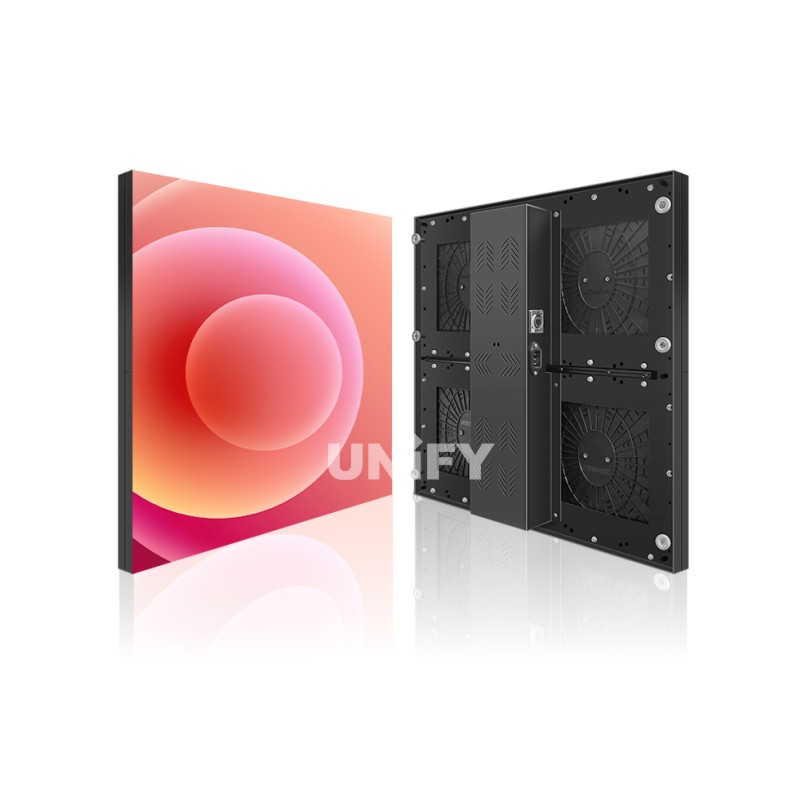
Indoor Fixed Screen- H Series
Indoor Fixed Screen -H Series High resolution & vibrant colors Seamless splicing & ultra-thin design Wide viewing angle & low

High-end Indoor LED Screen Ehonor Series
High-end Indoor LED Screen Ehonor -P1.25/P1.5/P1.8/P2/P2.5/P3mm -Panel size 480*360mm, Module size 320*160mm -Ultra-lightweight and Space-saving-Innovative Structural Design-Support Creative Shapes Horizontal
Why do you need an LED display in your monitoring room?
As a site or project manager, installing LED displays in key locations such as monitoring rooms is not only an "equipment upgrade", but also a comprehensive improvement in overall operational efficiency, security response capabilities, and decision-making quality.
The following are the core reasons and benefits for you to choose to install LED displays:

Realize centralized information visualization
LED display can integrate all data into one screen and display it in real time.
In this way, operators do not need to frequently switch between different displays or system interfaces, and can easily “look up to see everything”.
This greatly reduces the risk of missing information.
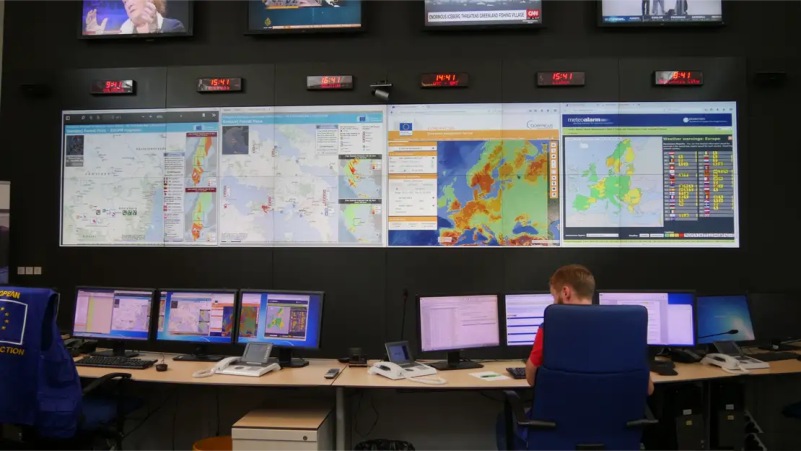
Benefits of Control Room Display
- System integration and intelligent management
- 7×24 hours of uninterrupted work
- Safety improvement: real-time warning, active prevention and control
- Good user experience: clear picture, intuitive operation

Improve Picture Quality
The popularity of high-definition cameras makes monitoring more detailed, but requires high-resolution, high-contrast, small-pitch LED screens to clearly display these details.
Unlike LCDs, LED screens have no seams and can fully display faces, license plates, and dynamic trajectories. They are widely used in smart security, face recognition, and smart transportation.

Enhance command efficiency
In emergency events (such as fires, traffic accidents, power failures), commanders need to quickly integrate information and make decisions.
The LED large screen provides functions such as one-click switching, layer overlay and real-time annotation, which helps to efficiently dispatch and coordinate command, improve response speed and processing accuracy.
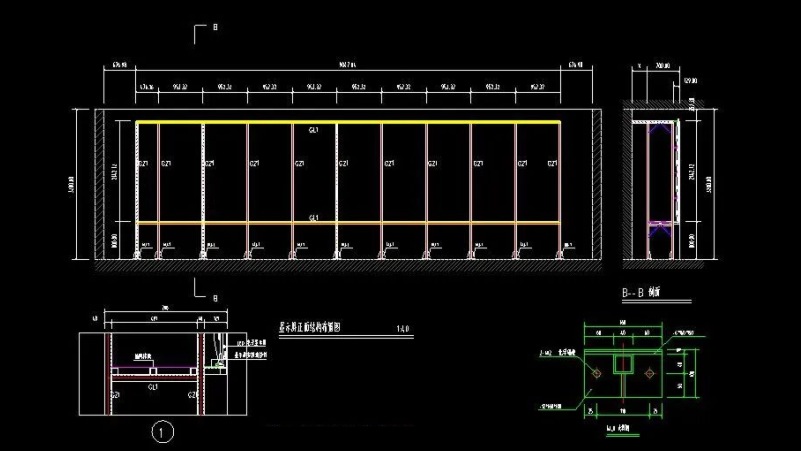
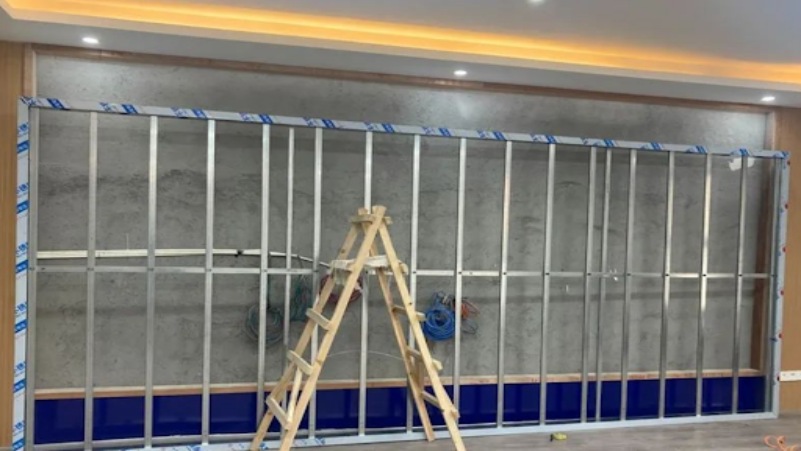
Structrue/ Cases
- London Traffic Control Center, UK: P1.5 fine-pitch, high-brightness LED screens ensure clear visibility even under strong daylight.
- São Paulo, Brazil: 4K resolution COB screens support multi-screen splitting and real-time data monitoring.
- New York, USA: Low-power P1.8 indoor LED screens ensure stable 24/7 operation.
The mounting bracket can be wall-mounted, floor-standing or arc-shaped according to the space layout, and some also support front maintenance design to facilitate daily maintenance.
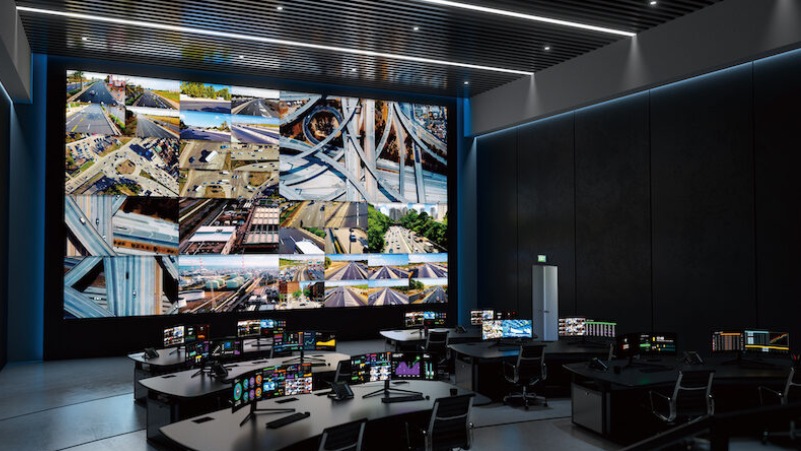
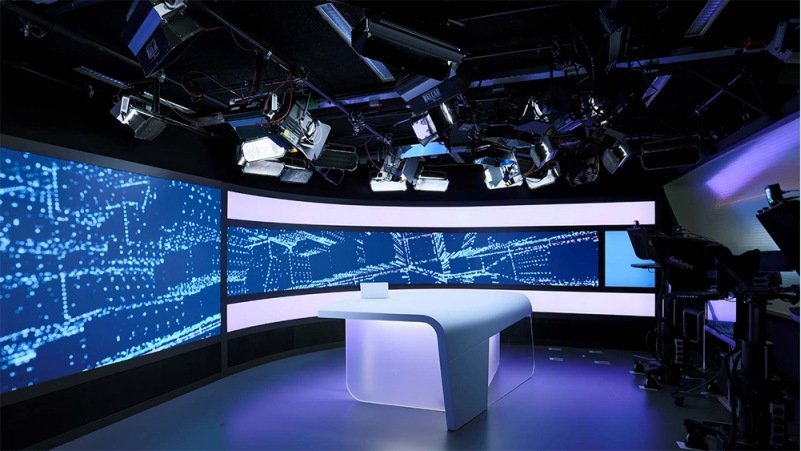
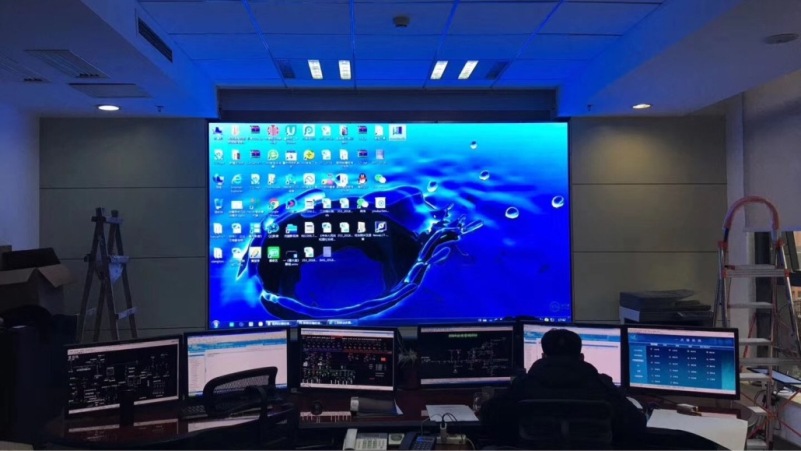
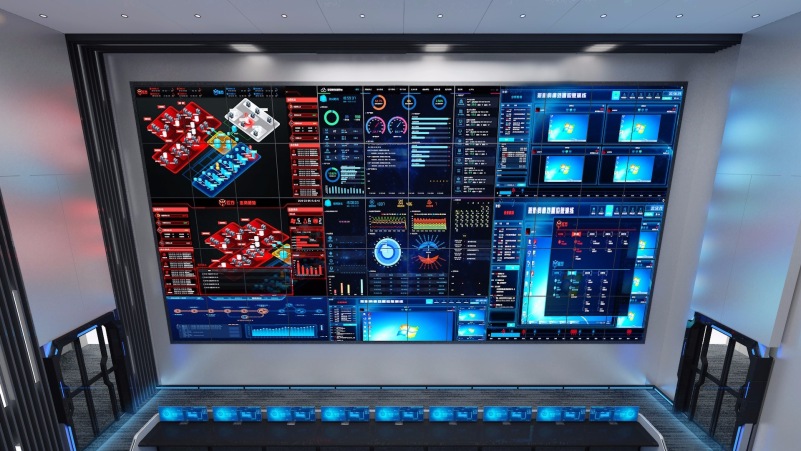
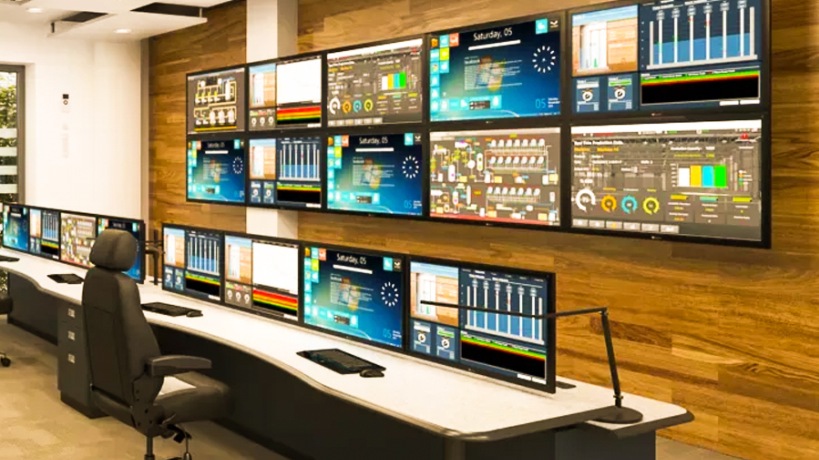
Table of Contents
1. The key role of real-time data-LED display
In today’s data-driven rapid response era, the control room has become the “command brain” of various mission-critical systems – from public safety, traffic dispatch, to power energy management and network information security, the real-time operation of almost all key industries depends on the efficient operation of the control center.
Whether it is a CCTV monitoring room, a traffic command center, a network operation center (NOC) or a security operation center (SOC), operators need to centrally visualize and analyze a large number of real-time images, data streams, alarm information and system status.
These scenarios place extremely high demands on the display system: not only must it operate stably around the clock, but it must also have clear and intuitive data display capabilities, support multi-source signal access and switching, and ensure millisecond-level synchronous update of image information.
If the display device is delayed, disconnected, or even temporarily fails, it may bring safety hazards or operational losses. Therefore, equipping a high-performance Control Room Display solution is not only a pursuit of efficiency, but also an inevitable choice to ensure safety and timely response.
2.What is control room LED display?
The control room LED display refers to a high-definition seamless splicing display solution designed for all-weather operation. It adopts a modular structure and can be freely combined into large screens of different sizes and proportions.
It is widely used in key places such as security monitoring centers, traffic dispatch rooms, power control rooms, and emergency command centers.
This type of LED video wall not only supports multi-channel signal input, but also can synchronously display high-definition video, maps, alarm prompts, data charts and other content, helping operators to efficiently complete monitoring, analysis, dispatching and other tasks.
Generally, a small-pitch LED display is used.
Compared with traditional display technology, the LED control room screen truly realizes a seamless visual experience, without border interference, and is suitable for presenting an integrated panoramic picture.
3. What is a small-pitch LED display?
Small-pitch LED display refers to LED display products with a pixel pitch of P2.5mm or less. Typical specifications include P2.5, P1.86, P1.56, P1.25, P0.9, etc.
Compared with normal indoor LED screens, this type of product has a higher dot density and more delicate picture quality.
It is widely used in professional scenes such as control rooms, security centers, traffic control, energy dispatching, and TV studios that require extremely high display accuracy and system stability.
Why is it suitable for monitoring systems?
4. Small-pitch LED vs. LCD splicing screen: Which is more suitable for professional monitoring scenarios?
In professional visualization scenarios such as CCTV monitoring, traffic control, and energy dispatching, it is crucial to choose the right display terminal.
LCD splicing screens and small-pitch LED displays have coexisted in the market for a long time, but as usage requirements continue to increase, small-pitch LEDs are becoming the mainstream choice.
The following comparison from the core performance dimension will help customers fully understand the differences between the two:
1. Picture quality performance
LCD splicing screen: The brightness is generally 400~500cd/㎡, the contrast is average, the color reproduction is good, but the performance is average in strong light environments.
Small-pitch LED: The brightness is as high as 600~1000cd/㎡, the contrast is higher (≥5000:1), the refresh rate is as high as 3840Hz, and it supports HDR. It has obvious advantages in color level, detail reproduction, and dynamic images.
Conclusion: LED performs better in complex lighting and high-dynamic content.
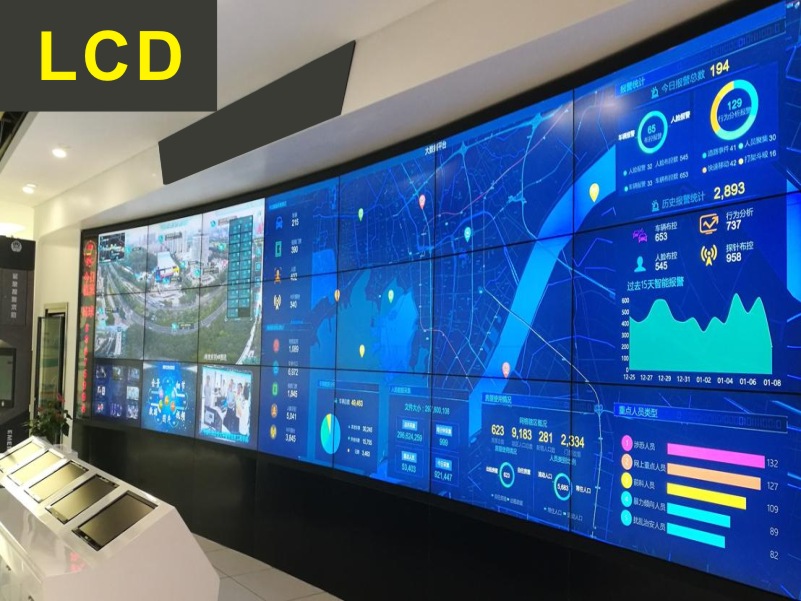
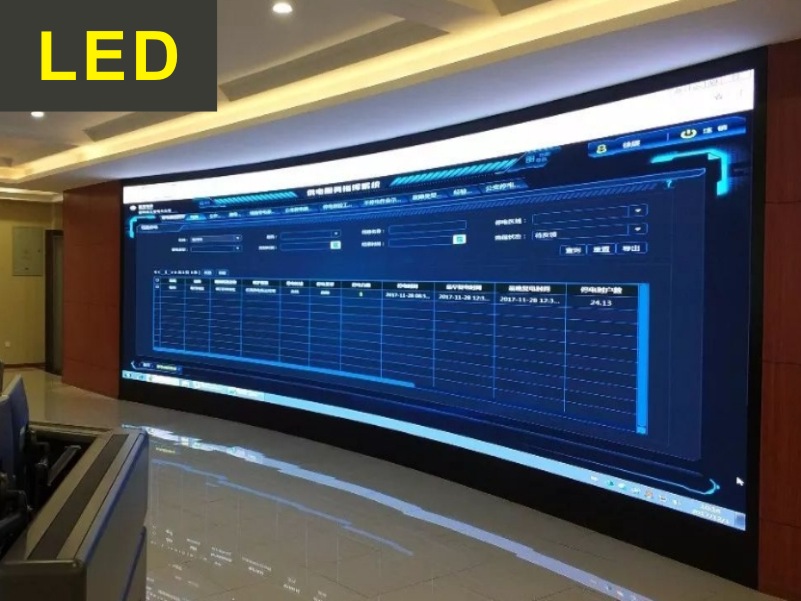
2. Seam problem
LCD splicing screen: Even with an extremely narrow frame, there are still visible seams of 0.88mm~1.7mm, which affects the continuity of the overall picture.
Small pitch LED: True seamless viewing, modular splicing structure ensures that the image has no breakpoints and the information is displayed completely.
Conclusion: LED is better in panoramic display of monitoring screens and continuous display of map information.
3. Service life and operation stability
LCD splicing screen: The service life is about 30,000~50,000 hours, and there is a risk of brightness attenuation and screen burn-in under long-term continuous operation.
Small pitch LED: The service life can reach more than 100,000 hours, and the design supports 7×24 hours operation, which is suitable for professional monitoring scenarios without rest throughout the year.
Conclusion: LED has a longer life cycle and higher stability, and is suitable for key duty places.
4. Power consumption and heat dissipation performance
LCD splicing screen: The power consumption is relatively high, the heat is concentrated at the edge, and it is easy to fail after long-term operation.
Small-pitch LED: Energy-saving power supply + efficient heat dissipation structure, lower energy consumption per unit area, and support redundant power supply and temperature control protection design.
Conclusion: LED has lower power consumption and is more suitable for building large-scale high-density monitoring display walls.
5. System compatibility and scalability
LCD splicing screen: Limited by resolution and number of signals, it is difficult to expand flexibly.
Small-pitch LED: Supports multiple control systems (NovaStar, Colorlight), easily accesses HDMI, DVI, SDI, IP stream, security platform signals, highly integrated and flexible expansion.
Conclusion: LED is easier to build a modular, integrated, and intelligent monitoring center platform.
Summary
Although LCD splicing still has advantages in cost, in modern professional monitoring applications, clear picture quality, stable system, and seamless integration are the core demands.
Small-pitch LED display screens have become a more forward-looking and practical choice, especially for mission-critical scenarios such as traffic management, public security dispatch, power grid control, and airport monitoring.
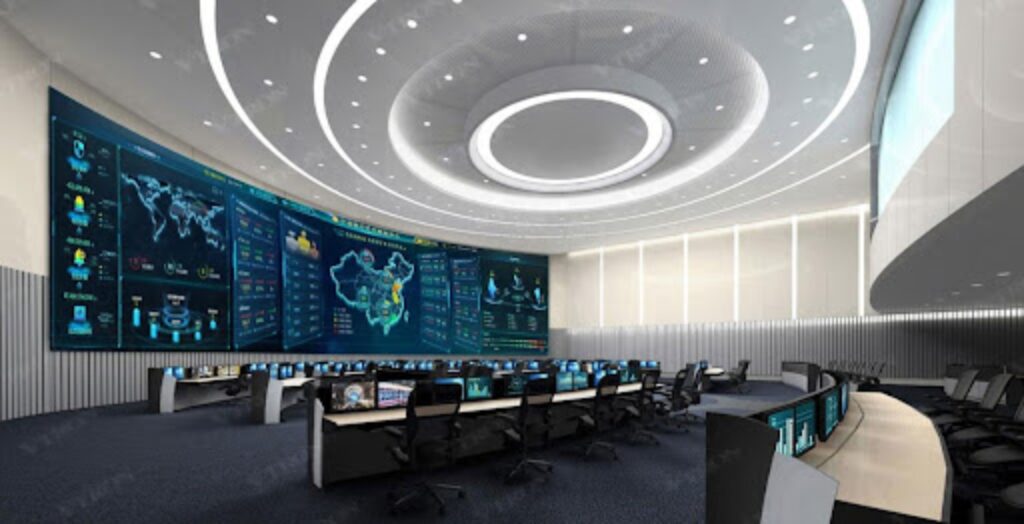
5.Core functional features of control room LED display
High-performance control room LED screens should have the following key features:
Seamless splicing design: the screen has no border interference, supports ultra-large field of view display, and the picture is complete and coherent.
High refresh rate (≥3840Hz): dynamic pictures are flicker-free, effectively relieve visual fatigue, and are suitable for long-term duty.
High contrast & wide color gamut: restore the real picture details, which helps to quickly identify key information in the image.
Low energy consumption & long life: energy-saving circuit design, suitable for 24-hour continuous operation, reducing operating costs.
Compatible with mainstream control systems: such as Novastar, Colorlight, etc., to ensure stable operation of the system.
Various installation methods: support wall-mounted, embedded, floor-standing and other installation methods to adapt to different control room space layouts.
6. Various control room scenarios
As the industry’s requirements for visual operations, intelligent scheduling, and risk warnings continue to increase, LED video walls are being widely used in various control room scenarios, providing key support for command and dispatch and decision support. The following is an in-depth analysis of several typical scenarios:
1. CCTV security monitoring center
The security industry has extremely high requirements for image clarity, real-time performance, and multi-screen scheduling capabilities. LED video walls can achieve large-screen presentation of multi-channel surveillance videos and support arbitrary partition display, greatly improving work efficiency.
Supports simultaneous display of multiple screens, such as multiple surveillance cameras, access control systems, alarm system information, etc., and can quickly switch focus screens according to the alarm situation.
Intelligent algorithms such as face recognition and license plate recognition rely on high-definition detail presentation, and small-pitch LED screens (such as P1.25, P1.56) have obvious advantages when viewed at close range.
Can be connected to VMS video management system and AI video analysis platform to achieve real-time alarm linkage and video backtracking.
It is used in various scenarios such as urban public security monitoring, airport stations, industrial parks, office buildings, etc. to ensure on-site safety.
CCTV security monitoring center
CCTV LED screen
2. Traffic and Transportation Control Center
Supports simultaneous display of multiple types of data such as road monitoring video, GPS positioning, traffic light status, traffic incident alarms, etc.
Real-time positioning, analysis and dispatch of accidents, congestion and emergencies can be performed to improve urban traffic efficiency and emergency response capabilities.
Applied to Intelligent Transportation Center (ITS), Highway Administration, Metro/Airport Operation and Dispatching Center, etc., supporting 24/7 operation.
3. Power/Energy Dispatching Center
Energy control centers manage complex infrastructure and have extremely high requirements for the stability and information carrying capacity of the display system.
Real-time monitoring of key information such as transmission lines, substations, pipeline pressure, energy consumption, etc.
Supports graphical display, such as power grid topology, water conservancy dispatching map, energy distribution map, etc., which is helpful for fault location and processing.
Strong alarm linkage function: when the monitoring value exceeds the standard, the alarm window will pop up automatically, and the sound and light system will achieve efficient response.
LED video wall has high brightness and low energy consumption characteristics, and can run stably for a long time in the energy dispatching hall.
Suitable for high-load places such as State Grid, Water Group, Oil and Gas Company, and New Energy Dispatching Center.
4. Network and Security Operation Center (NOC/SOC)
Faced with increasingly complex network attacks and information security risks, NOC/SOC control rooms have become the “digital security firewall” for enterprises and government agencies.
It can simultaneously display network status diagrams, system load diagrams, real-time alarms, attack path analysis, hacker tracking maps and other content.
It can be connected with SIEM platforms, IDS/IPS, and log analysis systems to achieve multi-source data integration and graphical presentation.
High refresh, high grayscale LED screens can ensure that data charts are flicker-free and smear-free, suitable for long-term monitoring and analysis.
Supports regional division management: technicians, duty supervisors, and management can view different information views according to permissions.
It is suitable for data centers and security monitoring departments of government agencies, banking and finance, Internet companies, and telecom operators.
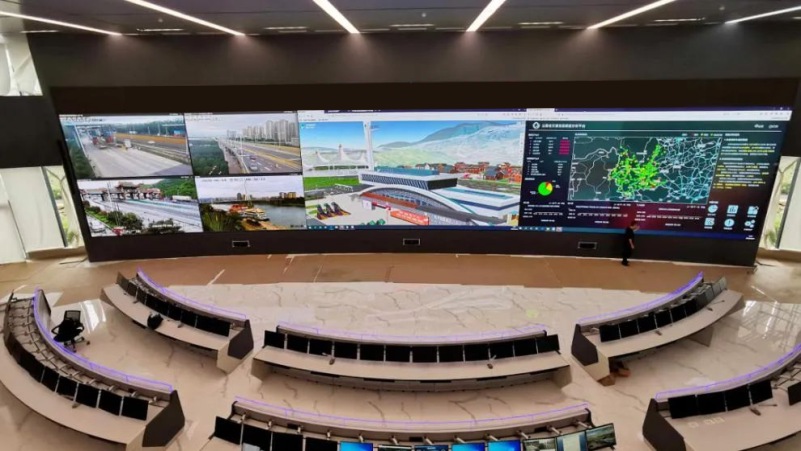
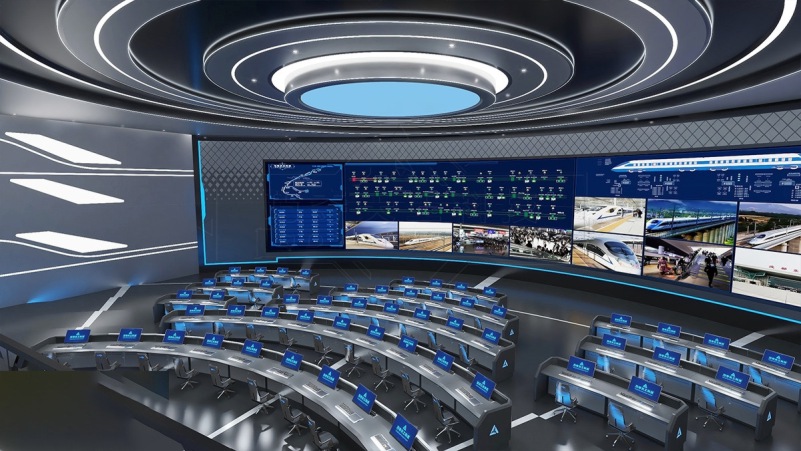
7. How to choose a suitable LED display for the control room
To configure an ideal LED display system for the control room, it is necessary to consider comprehensively from multiple dimensions.
The following are several key factors and practical suggestions to help users accurately select the model at the beginning of the project to ensure that the final solution not only meets the use requirements, but also has cost-effectiveness and scalability.
1. Choose the appropriate pixel pitch according to the viewing distance
The pixel pitch of the LED screen directly determines the picture clarity and viewing experience. In the control room, which is mainly based on the display of “close distance and high-density information”, a small-pitch LED screen is the first choice.
The general recommended range is P1.25-P2.5. If the distance is less than 3 meters, P1.25 or P1.56 can be selected; if the distance is more than 4 meters, P1.86 or P2.5 can be selected.
The smaller the pixel pitch, the more pixels are displayed per unit area, and the more delicate the picture is, which is suitable for displaying tables, charts, high-definition surveillance videos, etc.
2. Determine the size and resolution
The content displayed in the control room often includes video signals, multi-data source information, alarm system status, map layers, etc. The required display area and clarity will vary with the complexity of the content.
A small control room can be equipped with a screen of about 6㎡, which is sufficient with 1080p or 2K resolution.
For medium and large control centers, it is recommended to use a screen wall of 10㎡~30㎡ or even larger, supporting 4K or even 8K resolution to improve global readability.
The resolution needs to be adapted to the signal source to avoid stretching and deformation, and to facilitate later upgrades.
3. Single large screen vs. modular spliced video wall
The choice of a whole screen or a combination of multiple modules needs to be combined with the spatial structure and maintenance requirements of the project:
The modular video wall is highly flexible and can be freely expanded and customized in size and proportion, suitable for non-standard spaces, embedded wall designs and other scenarios.
The whole LED integrated screen is suitable for simplified wiring and maintenance, but transportation and installation have greater space restrictions.
No matter which solution is used, seamless splicing and unified control can be achieved. The key is to reserve expansion interfaces in the planning stage.
4. Functional parameters: power redundancy, refresh rate and cooling system
As a system that runs continuously for 7×24 hours, the control room LED screen needs strong hardware support:
Power and signal backup function: avoid power outages or single-point failures affecting the operation of the entire screen.
High refresh rate (≥3840Hz): avoid screen flickering, protect eyesight, and is especially suitable for long-term duty scenes.
Efficient heat dissipation structure: support air cooling/aluminum heat conduction, avoid overheating of the screen for a long time, and ensure life and safety.
It is recommended to choose an LED cabinet design with industrial-grade stability, such as die-cast aluminum structure.
5. Control system compatibility: ensure smooth signal management
Control rooms often integrate multiple system platforms, including VMS, SCADA, GIS, SIEM, etc., so the LED screen needs to be compatible with mainstream control systems and video processing equipment:
Recommend brand control systems with strong compatibility, such as Novastar, Colorlight, Huidu, etc.
Support multi-screen signal switching, picture-in-picture, fast plan switching and other functions.
Can be equipped with splicing processors and video matrices to achieve synchronous display and management of multi-channel signals.
8. Complete control room LED display solution provided by UnifyLED
As China’s leading LED display manufacturer, UnifyLED has rich project experience and mature product series in the control room field, and is committed to providing high-performance, customized control room visualization systems for global users.
Whether it is a government agency, transportation hub, power energy operator, or enterprise-level data center, NOC/SOC monitoring center, UnifyLED can provide end-to-end complete solutions to ensure stable and efficient operation of the control room 24 hours a day, 7 days a week.
1. Ulight Series
flagship control room screen, with equal emphasis on refresh rate and grayscale restoration.
Applicable scenarios: traffic dispatch center, national emergency command room, high-end enterprise operation and maintenance center.
Ulight Series LED Screen is UnifyLED’s flagship product for high-end monitoring and command scenarios, with the following core advantages:
High refresh rate (up to 7680Hz), no flickering, support for lossless restoration of high-definition dynamic images.
16-bit grayscale processing, rich image layers and details can be displayed even in low-brightness environments.
Support HDR display, high contrast, accurate colors, and true visual restoration.
Adopt high-strength die-cast aluminum structure, shockproof and pressure-resistant, suitable for long-term operation in complex environments.
Optional 1.25/1.56/1.86mm small pitch modules to meet different viewing distance requirements.
2. EDI Series:
Multi-system compatible, suitable for medium and large project integration.
Applicable scenarios: smart city center, energy dispatch center, traffic information hub, emergency linkage platform.
EDI series is a mid-to-high-end product that focuses on system compatibility and control flexibility, and is aimed at integrated control room applications that need to be linked with third-party platforms:
Supports a variety of control systems (Novastar, Colorlight, VDW, etc.), and is compatible with common monitoring/dispatching systems such as SCADA, GIS, SIEM, and VMS。
With high-contrast black light technology, the picture performance is consistent and stable during the day/night.
Supports splicing processor linkage control, free picture partitioning, and supports fast plan switching.
Modular design, supports front and rear maintenance, suitable for wall-mounted/floor-standing installation.
Provides a variety of sizes and cabinet specifications to meet the flexible expansion needs of the project.
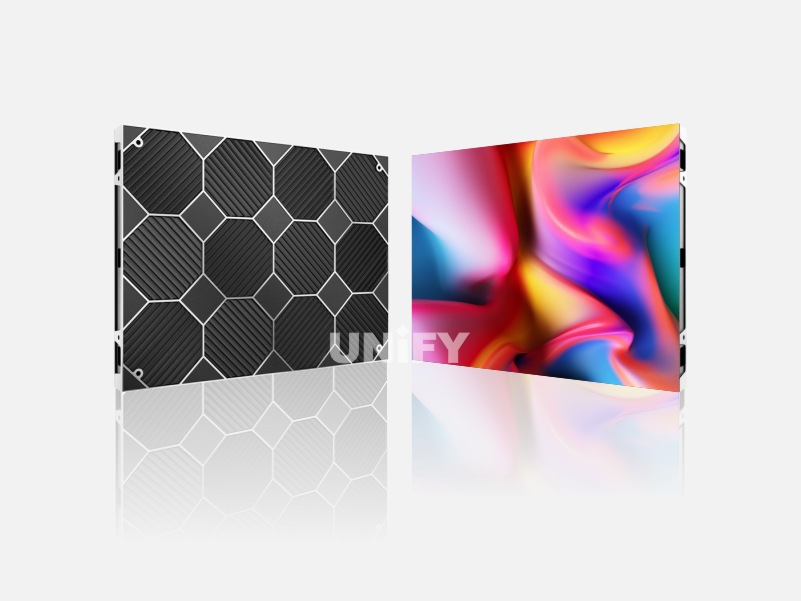

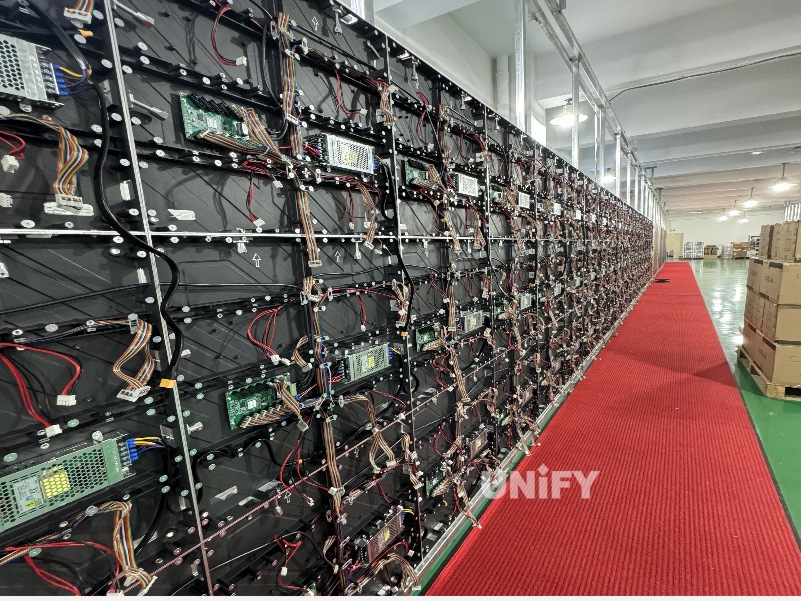
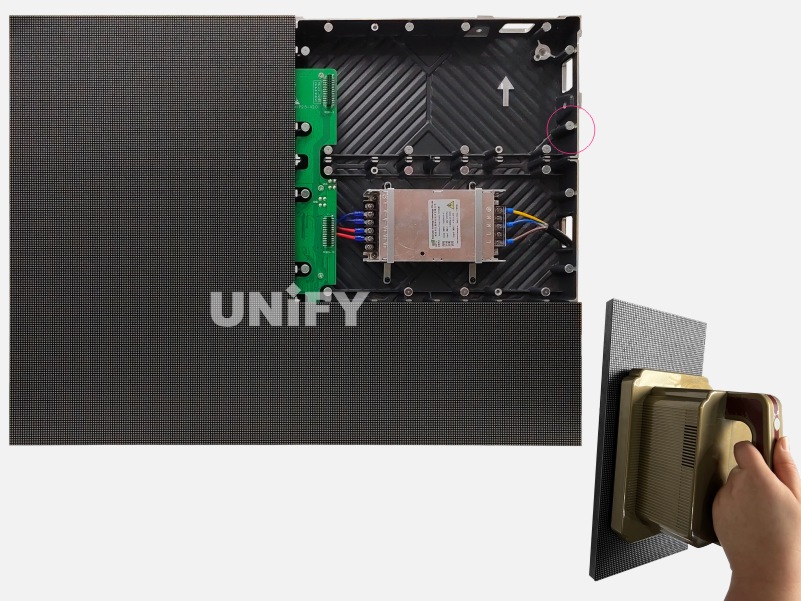
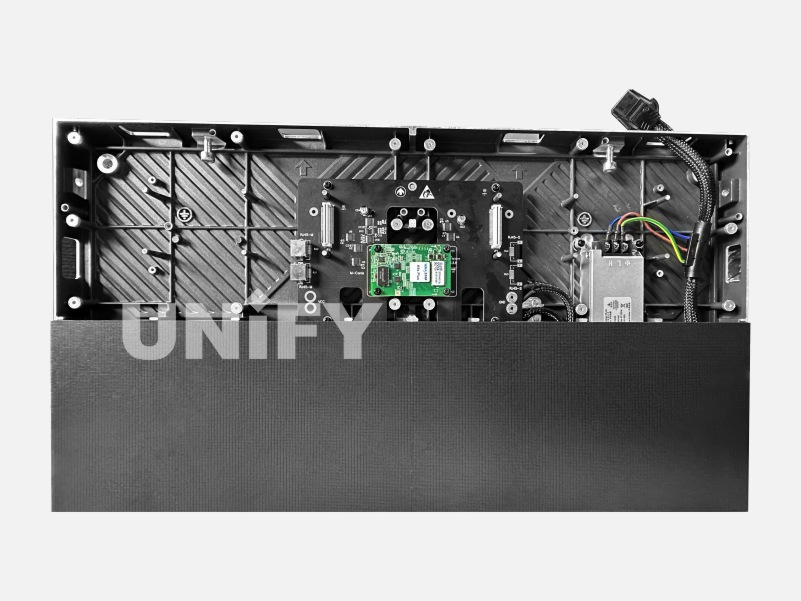
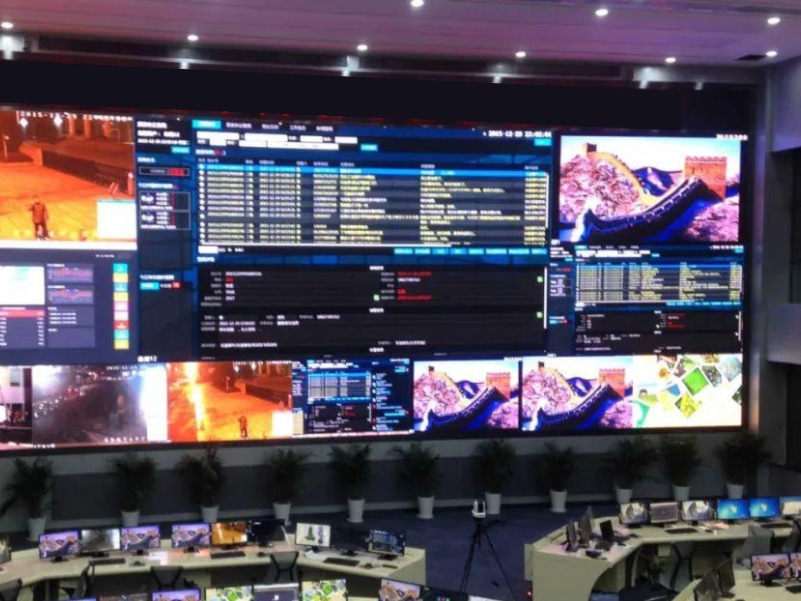
3. Ehonor Series:
Cost-effective choice, suitable for deployment in small and medium-sized control rooms.
Applicable scenarios: Park security monitoring center, enterprise internal command room, building monitoring center, school/hospital security system.
Ehonor series LED Screen is an economical product tailored by UnifyLED for small and medium-sized control rooms, taking into account performance and budget control:
Provides commonly used pixel pitches such as P1.53/P1.86/P2.5, supports high-definition video and multi-window data display.
Adopts energy-saving driver IC design, lower energy consumption, and more controllable long-term operating costs.
The screen structure is lightweight, can be quickly installed and flexibly deployed, suitable for places with limited space.
Supports remote control and content management, easy maintenance, suitable for customers who lack local technical teams.
Maintains high color consistency and brightness balance to meet daily monitoring and scheduling needs.

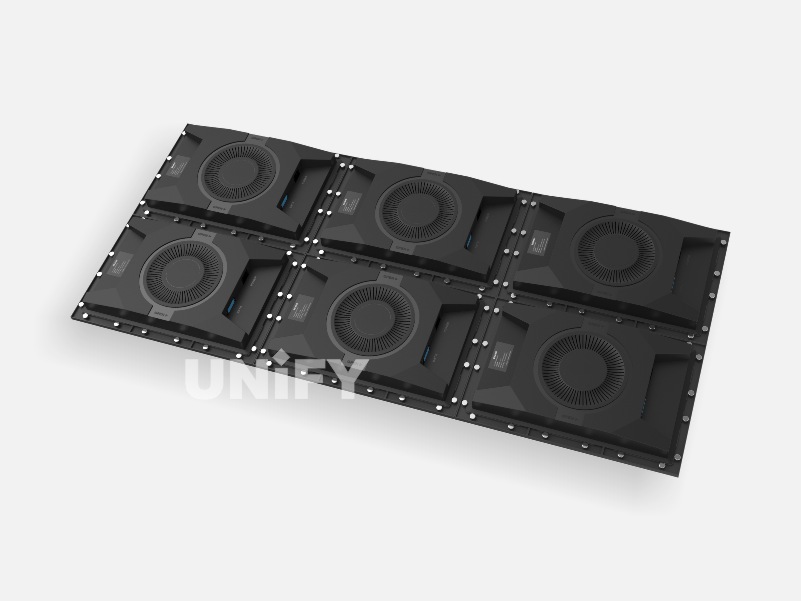
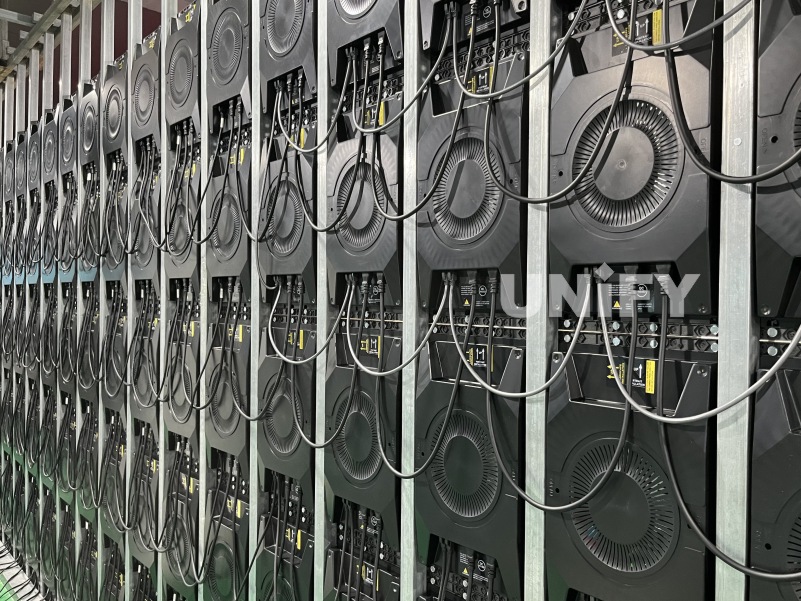
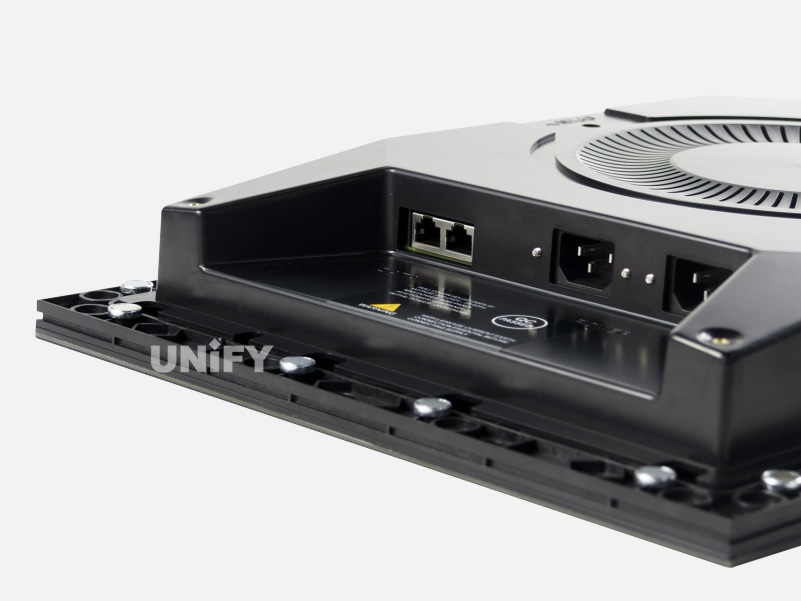
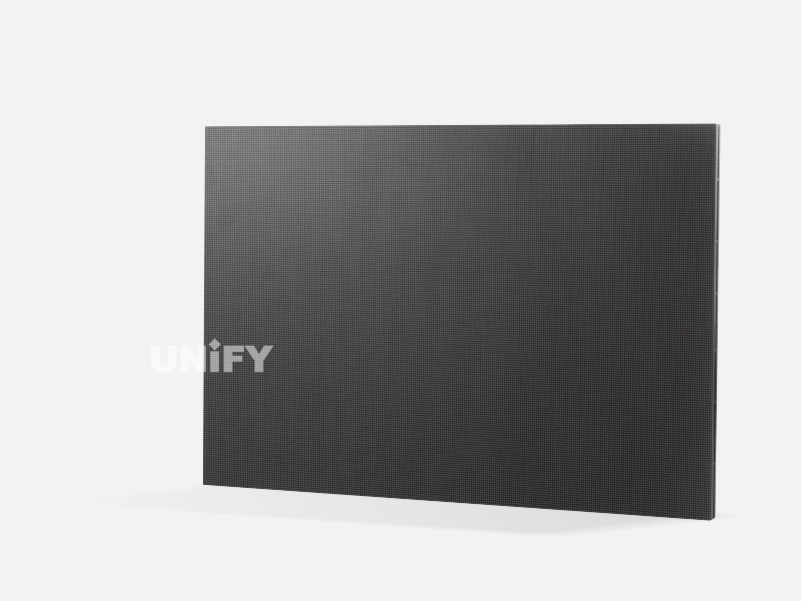
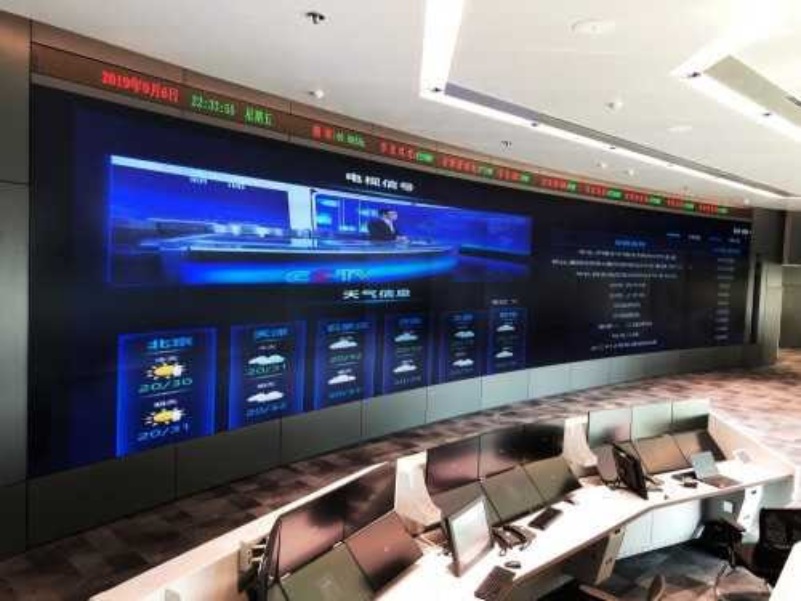
4. Customized video wall controller and content management system
In addition to standard LED screen products, UnifyLED also provides supporting video splicing processors, signal matrix switchers, image control platforms and other core equipment to build a complete visualization system architecture:
Support multi-source signal access (HDMI/SDI/VGA/IP streaming media).
Realize multiple display modes such as split screen, picture-in-picture, intelligent layout, automatic switching, etc.
The content management platform supports remote operation, hierarchical permissions, timed playback and other functions.
Can integrate touch consoles and big data visualization platforms to achieve integrated operations.
5. Global logistics support and remote technical services
As an export-oriented LED display manufacturer, UnifyLED has complete international service capabilities:
Support global sea/air/custom wooden box/air box transportation to ensure the safe arrival of products.
Provide one-stop services such as remote guidance installation, control system debugging, training documents, etc.
Provide Chinese and English technical information, CAD installation drawings, and system docking solutions according to project requirements.
Provide OEM customization, brand LOGO customization, regional support and other exclusive services for partners.
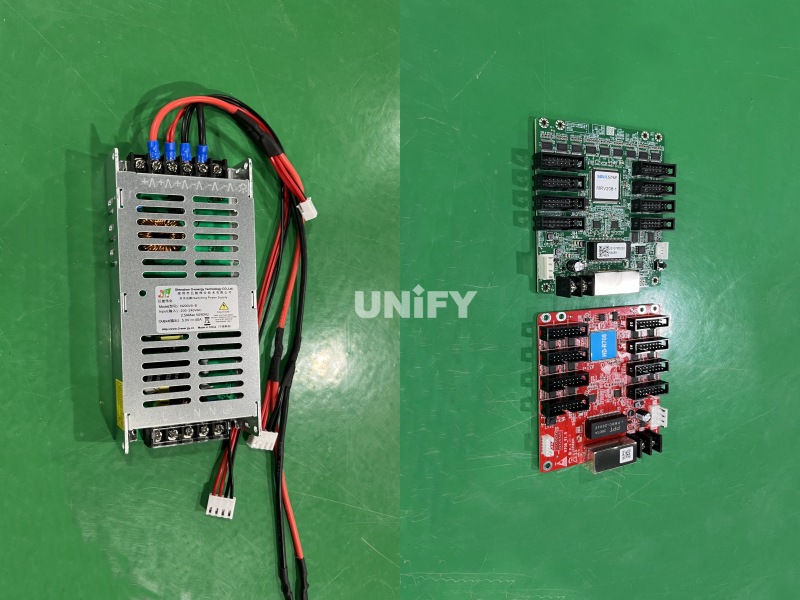
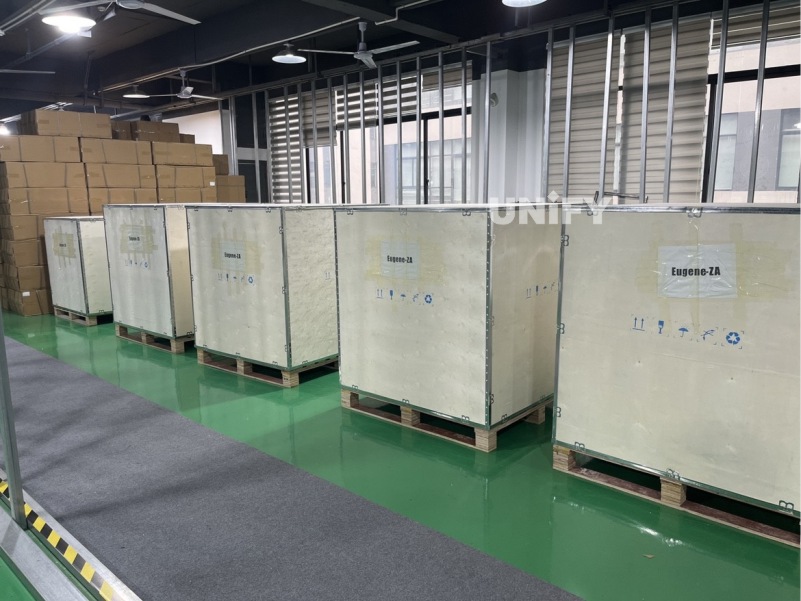
FAQs
For indoor control rooms, small pixel pitches like P1.25, P1.56, or P1.86 are recommended. The ideal pitch depends on the viewing distance—smaller pitches offer sharper image quality for close viewing.
Yes, control room LED displays are engineered with advanced heat dissipation systems and high-quality components, ensuring safe and stable operation 24/7, with redundant power options.
The size depends on room dimensions, viewing distance, and the number of data sources to display. Most control room LED walls range from 20 to 100 sqm or are customized in modular cabinets for larger configurations.
Absolutely. With a video processor or control system, you can show multiple video sources simultaneously, including CCTV, SCADA data, GIS maps, KPIs, and live alerts.
Most professional-grade LED displays have a rated lifespan of ≥100,000 hours, which translates to more than 10 years of operation under proper conditions.
Yes. Through control software and a central management system, operators can remotely update layouts, switch inputs, and schedule content changes in real time.
LED walls can be wall-mounted, recessed, or floor-mounted. Many are designed for front access maintenance, allowing quick replacement of modules without needing rear clearance.
You should look for a trusted LED display manufacturer (e.g., LEGIDATECH or UnifyLED) with experience in control room applications, offering global shipping, technical support, and system integration services.

